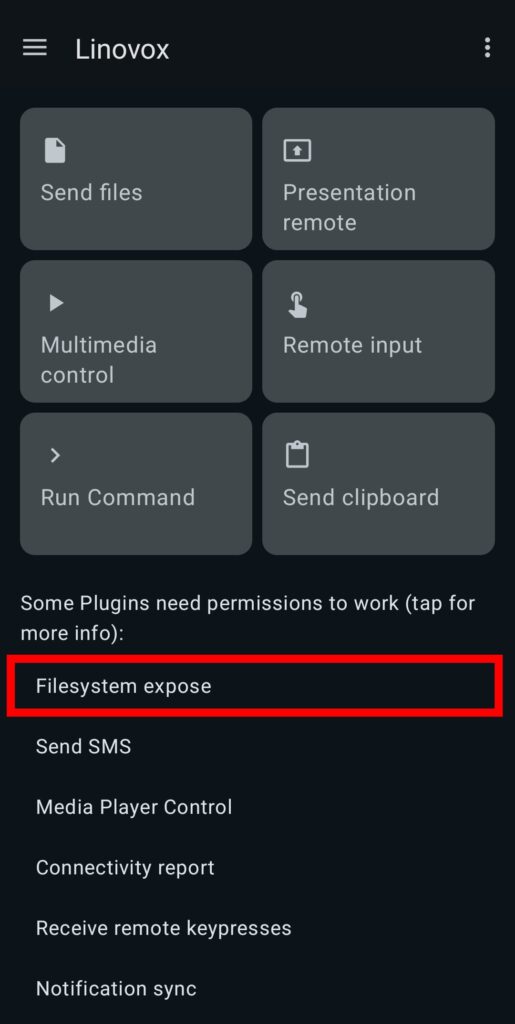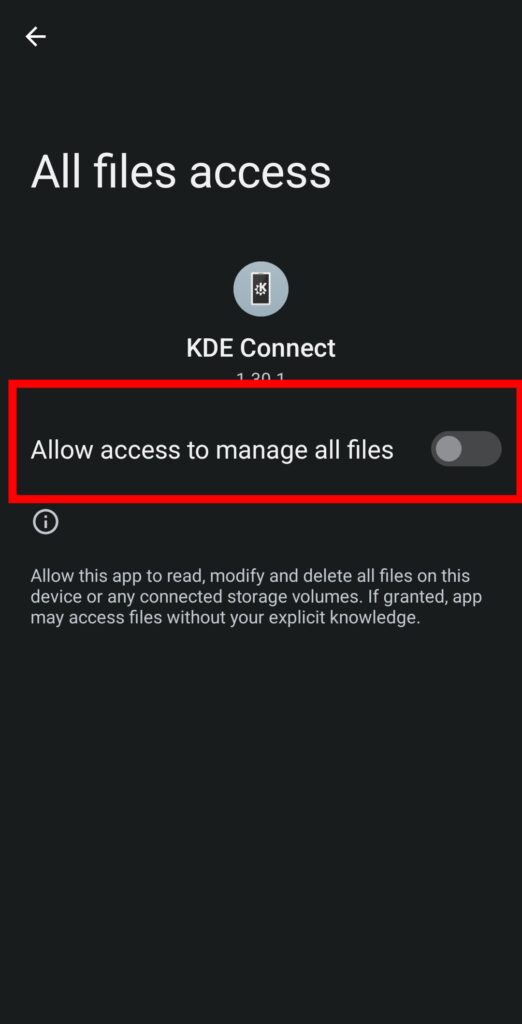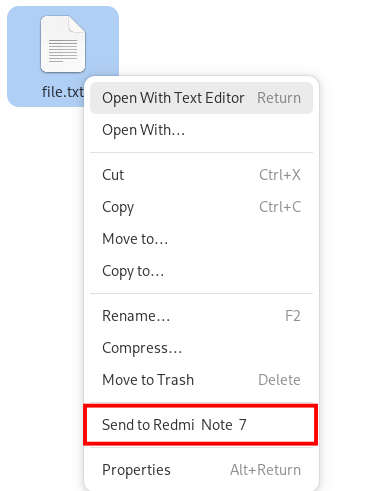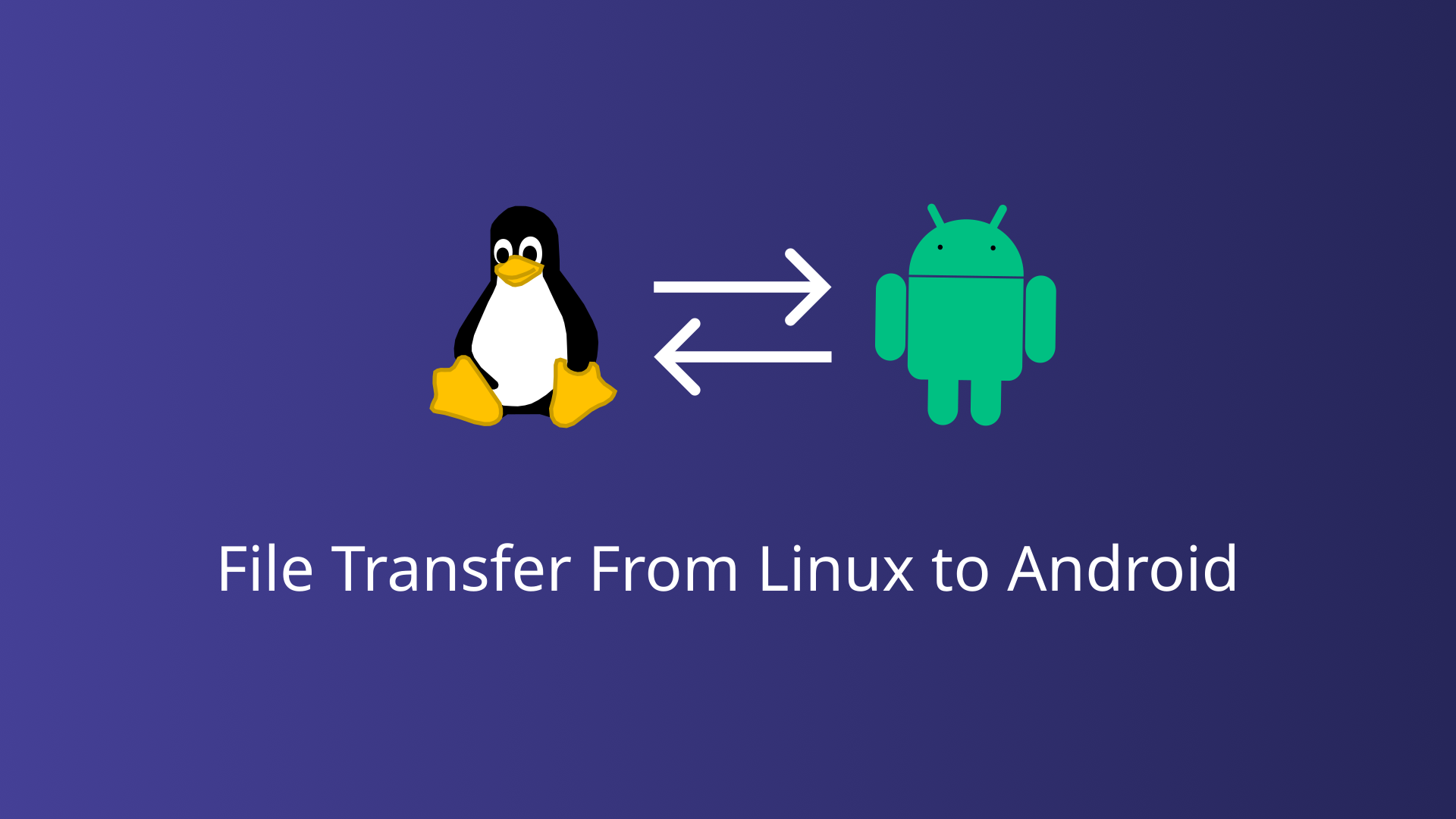Transferring files between your Linux desktop and Android device can be seamless with the right tools. This guide will walk you through using KDE Connect for KDE desktop environments, GSConnect for GNOME, and the KDE Connect app for Android. Let’s explore how to make file transfers effortless.
KDE Connect for KDE Desktop Environment
To get started with KDE Connect on your KDE desktop, open your terminal and run the following commands to install it:
sudo apt update && sudo apt install kdeconnect -yGSConnect for GNOME Environment
GSConnect is an implementation of KDE Connect specifically for the GNOME desktop environment. It provides similar functionalities, allowing seamless communication and file transfer between your Linux and Android devices. To install GSConnect, go to the GNOME Extensions website and Install the extension directly from the website. Additionally, you need to install nautilus-sendto and nautilus-python to enable file sending capabilities. Open your terminal and execute:
sudo apt install nautilus-sendto nautilus-pythonKDE Connect App for Android
Next, head to the Google Play Store on your Android device and search for “KDE Connect.” Download and install the app to your device.
Connecting Your Devices
Ensure Devices are on the Same WiFi Network
With the necessary software installed, it’s time to connect your Linux desktop and Android device. First, ensure both devices are connected to the same WiFi network. This is crucial for KDE Connect and GSConnect to communicate effectively.
Pairing Devices
Open KDE Connect on your KDE desktop or GSConnect on your GNOME desktop. Then, open the KDE Connect app on your Android device and search for new devices. Your Linux desktop should appear in the list of available devices. Select your Linux desktop and send a pairing request. On your desktop, you will receive a notification to accept the pairing request. Confirm the request to establish a connection between your devices.

Expose Filesystem
To enable file access, you need to expose the filesystem on your Linux desktop. Open the settings in KDE Connect or GSConnect on your desktop and enable the option to expose the filesystem.

This allows the KDE Connect app to access your files for transfer. Allow file permission of Kde Connect app.

Transferring Files
Using KDE Connect on KDE Desktop
Once your devices are connected, transferring files is straightforward. On your KDE desktop, right-click the file you want to transfer, select “Send to device,” and choose your Android device from the list. The file will be sent to your Android device, and you will receive a notification once the transfer is complete.
Using GSConnect on GNOME Desktop
For GNOME users, the process is similar. Restart Nautilus by running:
nautilus -qAfter ensuring Nautilus has been restarted, right-click the file you want to transfer, select “Send to device,” and choose your Android device. The file will be transferred, and a notification will confirm the successful transfer.

Transferring Files from Android to Linux
Transferring files from your Android device to your Linux desktop is equally straightforward. Open the KDE Connect app on your Android device, and navigate to the “Send files” option. Select the files you want to transfer from your Android device. Choose your Linux desktop from the list of paired devices, and initiate the transfer. The selected files will be sent to your Linux desktop, and a notification will confirm the transfer once it is complete.
Conclusion
Transferring files between Linux and Android devices is made easy with KDE Connect and GSConnect. Whether you are using KDE or GNOME, these tools provide a seamless way to share files, ensuring you stay productive and connected. Follow these steps to enjoy hassle-free file transfers between your Linux desktop and Android device.




